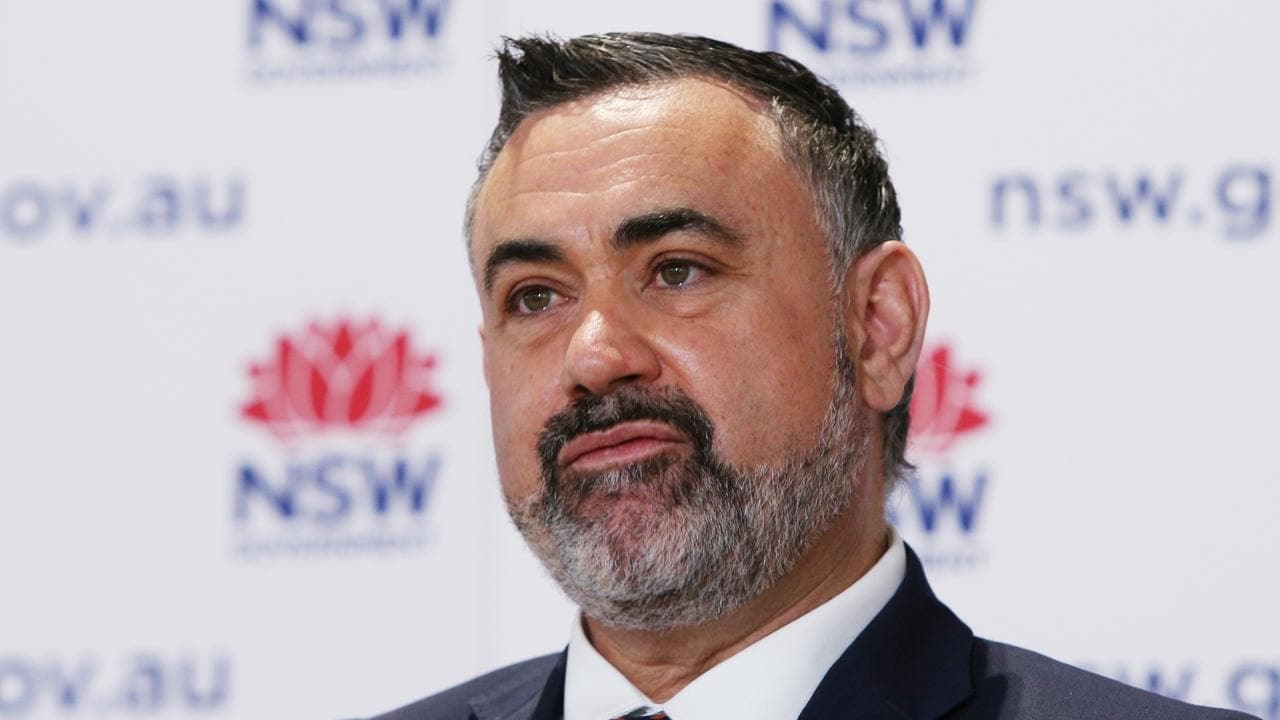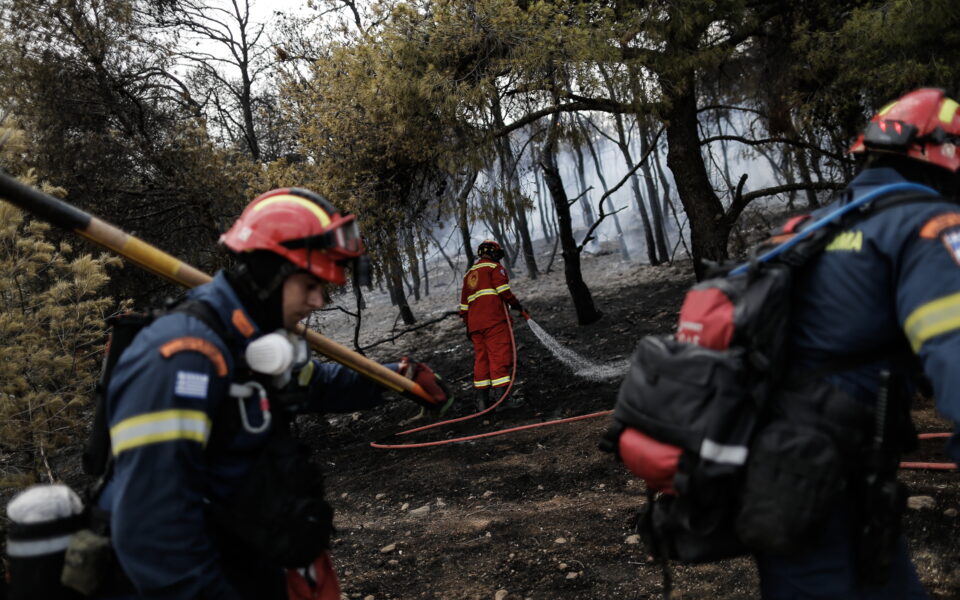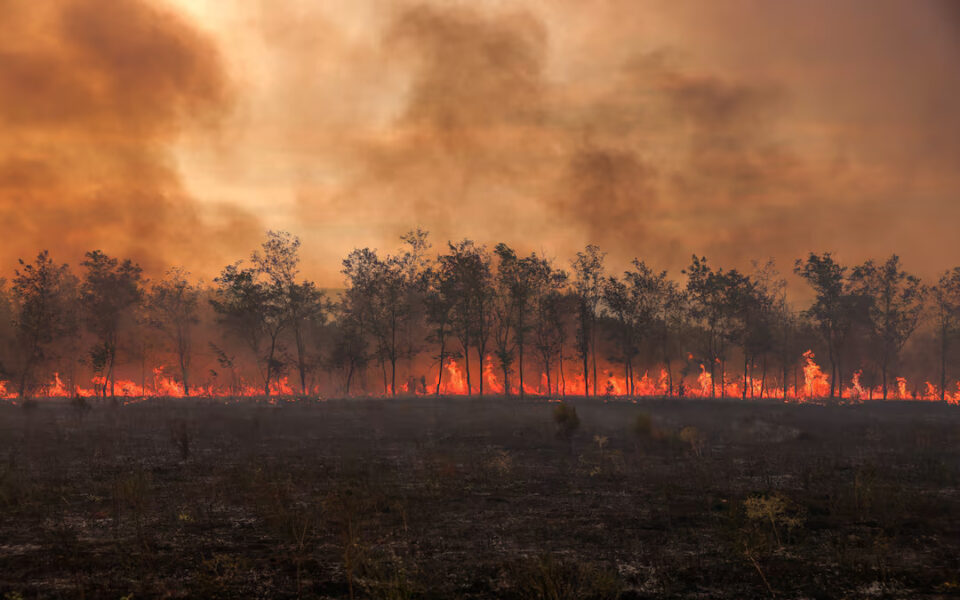NSW Nats support plan to halve the state’s emissions by 2030


NSW Nationals leader John Barilaro has backed new climate change targets to slash the state’s emissions in half by 2030 at the same time his federal colleagues are bitterly divided over reaching net zero by 2050.
Mr Barilaro’s support for his government to revise the state’s emissions reductions to 50 per cent of 2005 levels by the end of this decade puts the NSW Nationals at odds with its federal party.
NSW agreed to a goal of reaching net-zero carbon emissions by 2050 in 2016 and 18 months ago set a target of reducing emissions by 35 per cent by 2030 but has now lifted that to 50 per cent.
The move will put pressure on Prime Minister Scott Morrison ahead of next month’s UN climate change conference in Glasgow as he struggles to convince the Nationals to commit to a net zero target.
Mr Morrison says his government will take a plan towards a carbon-neutral economy to the COP26 United Nations climate summit but has not yet committed to a 2050 target.
Under the NSW plan, the state expects to attract more than $37 billion in private investment in electricity infrastructure while slashing emissions under its updated projections, which were agreed to by cabinet on Monday.
Premier Gladys Berejiklian said halving emissions showed NSW was serious about setting itself up for the future while helping the world decarbonise.
“Our Net Zero Plan is expected to attract more than $37 billion in private sector investment into NSW, support more than 9000 jobs, save households about $130 on their electricity bills and help NSW become Australia’s first trillion-dollar state by 2030,” she said.
“This is about putting the policies in place to give industry and investors certainty, not only to protect our planet but to future-proof our prosperity and way of life.”
Environment Minister Matt Kean said NSW was one of the first jurisdictions to commit to net-zero emissions by 2050 and was on track to double the economy and halve emissions by 2030.
“We can be a renewable energy super power and as global demand for low carbon products and investments grows, the fortunes of the state are increasingly tied to the fortunes of our planet,” Mr Kean said.
Mr Barilaro, who was also integral in setting up renewable energy zones, said regional communities would reap the rewards of the new industries emerging over the coming decades.
“Whether it is in modern manufacturing, minerals or agriculture, regional NSW is home to the skills, infrastructure and resources needed as the demand for low emissions technologies like batteries and hydrogen grows,” Mr Barilaro said.
“The entire state will benefit from the economic and employment opportunities in low carbon technologies, and we will continue to take action in a way that delivers more jobs and more investment for people in the city and in the bush.”
Leading climate scientist Andy Pitman, director of the Australian Research Council’s Centre of Excellence for Climate Extremes, said NSW had shown that emissions reductions do not cost jobs.
“It’s the kind of leadership that we are looking for in climate science,” Professor Pitman said.
“I am ecstatic that the NSW government is unambiguously leading in this space. There has been a 30-year narrative around adopting some of these technologies that broaden the economic base.”
The revised NSW target is the most ambitious in the country aside from the ACT, which has a goal of 65 to 75 per cent by 2030. In May, Victoria set a target of 45 per cent by 2030.
The government’s Net Zero Plan: Stage 1 Implementation Update sets out NSW’s action on climate change, including the state’s electric vehicle strategy and the Electricity Infrastructure Roadmap.
It also includes the $750 million net zero industry and innovation program and the NSW Waste and Sustainable Materials Strategy.
Source: smh.com.au




